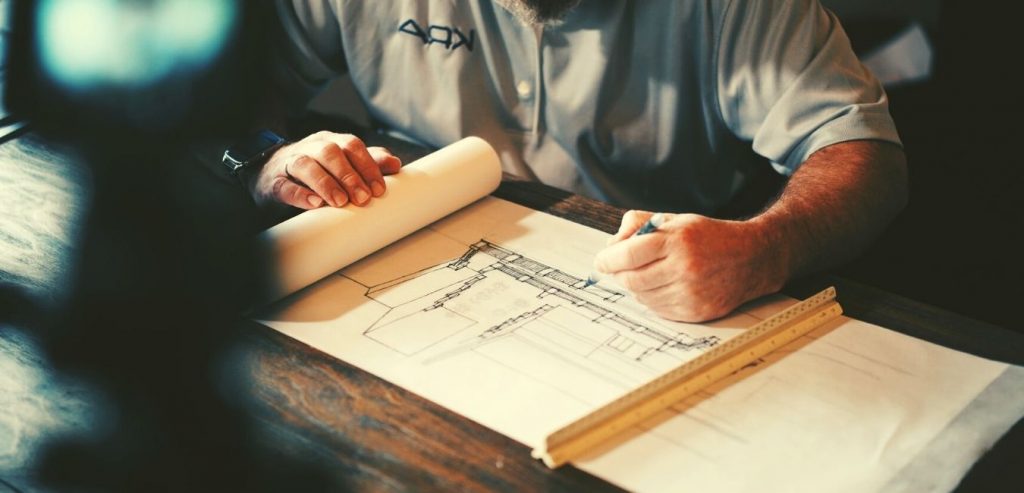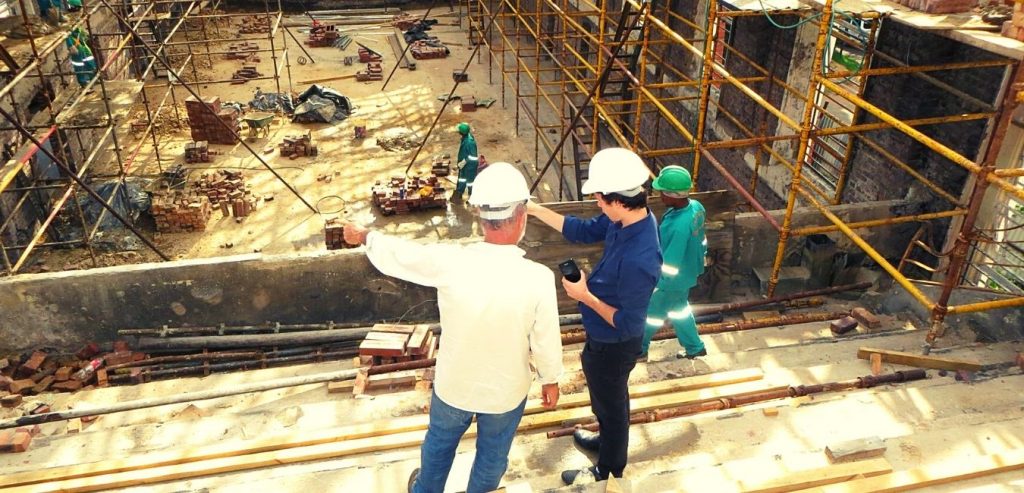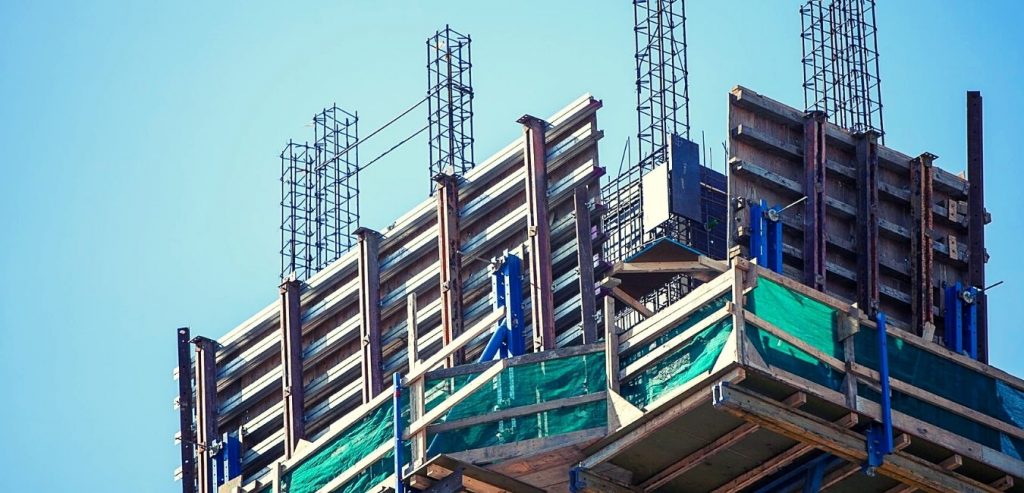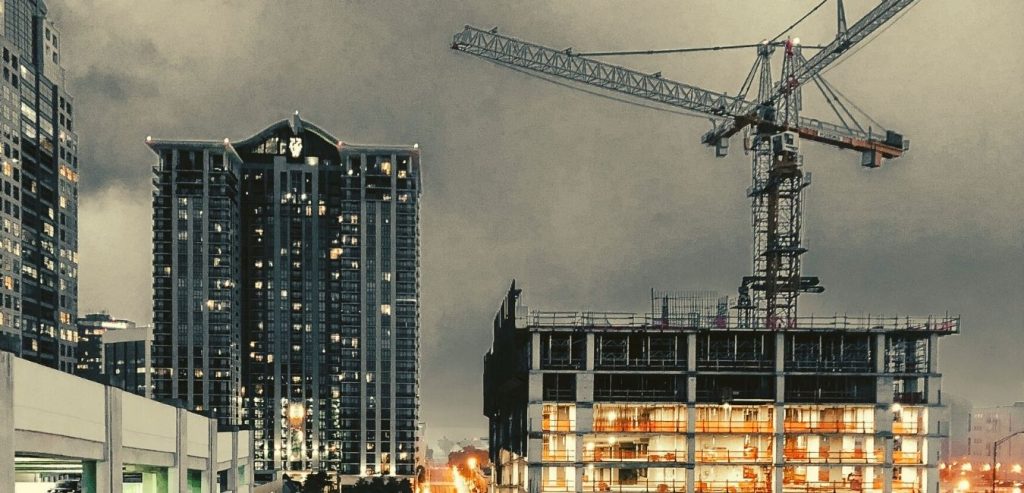If you want to venture into construction, you are probably curious about turning your idea into reality. Construction projects vary in complexity, scope, and desired outcomes. Regardless, almost all construction projects follow the same process. Knowing the process will help you make informed decisions from idea to completion. The process is demanding, but proper planning gives you an exciting building experience. In-depth knowledge of these steps helps you see the big picture and change your vision into an actual tangible project. The construction process is primarily classified into six stages, as follows:
- Project conception, design, and planning
- Building permits
- Pre-construction
- Procurement
- Construction
- Post-construction
Proper project management gives logical and clear guidelines on what to expect in each phase with clearly defined tasks and objectives. It is essential to maintain the project’s continuity throughout as it helps keep the project within the time and budgetary constraints. The proper execution of these construction stages lays down the framework that ensures project success. This article will expound on each of these steps and give you a general overview of what to expect.

Table of Contents
1. Project conception, design, and planning
Project conception is where the first ideas of a project are thought about before commencement into detailed design. This follows the search for the project’s location and specification of the building codes involved. In this stage, it is crucial to involve an architect to ensure everything is feasible.
Feasibility studies involve checking whether the proposed solutions are in alignment with the main objectives. After the project conception, the owner, architect, and construction manager move to the design stage. This gives a roadmap that highlights the purpose of the project and foreseeable hurdles.
Once the conception is over, it is time to get into the design phase. Design occurs before the procurement of goods and services and before the project begins. The architect and his team are responsible for putting the client’s ideas into paper. The design involves the schematic design, contractual agreements, and design development.
Before getting into schematic design, the goals and objectives of the project need to be outlined. Critical decisions such as the size of the building and space usage are discussed at this point.
The next step involves a design that shows the space and usage of materials. There project cost evaluation is also done at this stage before proceeding. It is a preliminary phase, and this is where bidding begins. The documents are used to place bids on the project after being drafted with the project’s specifications. Architects assess the project’s feasibility and put modern ideas to paper while engineers ensure the project’s safety. The architect and engineer are active in this phase, but they complete the major design work during the pre-construction phase.
After the design, the project planner sets the project by developing a strategic plan. This is where the project is divided into smaller digestible units making it easier to establish completion timelines.

2. Building Permits
Before the commencement of the project, it is necessary to secure all the needed building permits. This process goes on throughout the project as different disciplines have different licenses. It can be time-consuming as several overlapping authorities have to approve a project. There are local, state, and federal authorities that have to be navigated, and this can cause a lot of confusion.
If there are any entitlements required for a project, they need to be secured early before construction. Entitlements refer to the building’s intended use and how it blends in or contradicts the city planning or municipal zoning requirements. Entitlements can be tiresome. The process includes town hall meetings, public awareness campaigns, and many other steps.
Stumbling blocks when trying to secure entitlements can bring in a lot of delays in a project. It is straightforward in some projects but takes months or years in others. Working with an experienced project manager makes the process smoother, potentially mitigating the risks involved.

3. Pre-construction phase
This broad category enshrouds all the work in a construction project before the actual physical construction. When the project planning is finalized, the design is streamlined, and the supplies and labor are assembled.
Pre-construction services are necessary for developing a formal approach in calculating costs, scope, and schedules for project execution. It is critical to the project, and it is during this phase where the project team is assembled and align the foundation of the project and a communication structure. A poor foundation and communication structure leads to gaps and potential project delays.
The project team is assembled during the pre-construction stage to prepare the construction site beforehand. The project team consists of the project manager, field engineer, contractor, superintendent, and health and safety manager.
The client may incur pre-construction costs such as legal services from lawyers to review any potential conflicts of interest. The project team also goes through the design parameters and project requirements coming up with clear and concise objectives for all the parties.
The site conditions also have a magnitude impact on the project, and they are carefully evaluated.
After site evaluation, the project team comes up with a realistic cost estimate to test the project viability. The project cost estimate considers labor, schedule, site conditions, materials, and regulatory requirements. They also think of other comparable projects and the costs incurred. The contractor here is looking to get the project close to feasible budgetary constraints.
After the cost estimation process, the parties enter into a legally binding agreement that allows the contractor to put up the facility on behalf of the owner. The contractor considers the owner’s design program and other specifications that determine the project construction costs.
4. Procurement
The procurement stage is where the project team obtains the equipment, labor, and materials necessary. The complexity of this stage depends on project size, expected commencement date, and availability of resources. The general contractor awards minor contracts to the subcontractors at this stage. The process may start with new construction takeoffs from the construction drawings. The subcontractors then obtain labor, materials, and scope of work from the takeoffs.
This stage allows savings in the project. This increases the commercial construction profit margin for the contractor. A contractor with a good and reliable network of suppliers or one working on several projects at the time may save a lot based on the economics of scale. The client may also benefit from these savings depending on the contract type.

5. Construction Phase
The construction phase is when the shovel hits the ground, transforming the empty field into a skyscraper. The planning pays off here. It is essential to have a pre-construction meeting to ensure everyone is on the same page. The pre-construction meeting should address:
- Logistics and storage
- Primary contract details
- Health and safety
- Quality control
- Possible design challenges
After the pre-construction meeting, the project can now get underway. The main contractor retains overall control of the project in this stage. He manages resources, monitors documents, and communicates the progress of the project. On the other hand, the design team is responsible for quality control to see whether the project conforms with the approved plans. The design team also reviews substitution requests, change orders, and submittals.
Every team has its schedule at this stage. The programs for different groups vary depending on their roles. Some subcontractors may need a portion of the work to be completed before starting their part. This shows that poor execution in this stage can cause a lot of hurdles in the project.
Monitoring and control
Some project management methodologies have a different phase here for monitoring and control. The construction manager monitors the budget, risk, insurance management, and scope using various project management techniques. One of the best tools for this stage is the KPI (Key Performance Indicator). Examples of KPIs are effort and cost tracking, project objectives, and deliverables.
6. Post-Construction
This phase is more critical than most regard it to be. The actual construction is complete, but the project has not yet been handed over to the owner. If proper attention is not given to this phase, it can lead to many problems for the owner.
All the resources unnecessary for the project are demobilized in this stage. Rentals are returned, and the site is cleaned up. Subcontractors that have completed their portion of work can move on to other projects.
The project manager and engineer then physically tour the site and list all items that have not yet been completed. After creating the punch list, the projector manager works with the contractor to rectify the errors.
The owner has to be provided with all the necessary project information. This includes close-out documents such as manuals, as-built drawings, accounting, and insurance. Of course, the insurance has to be changed from construction insurance to permanent property insurance. For larger projects, the post-construction phase is a formalized process known as commissioning. Here systems are tested to ensure they meet the specified requirements.
What is a construction process?
A construction process also referred to as a construction stage, is the physical and associated processes, such as demolition and site clearance, that help to complete a project. Various stakeholders, such as architects, engineers, contractors, and subcontractors, are involved in different stages of construction.
The process starts through procurement and handover of a site from the client to a contractor. It ends when the contractor hands the completed project back to the client.
Why are they important
Construction projects do not happen impulsively, but they need a lot of planning and knowledgeable people to make them happen. Construction phases are important for the following reasons:
- They help spread the risk: Construction projects involve different stakeholders, and phasing the projects helps minimize and spread the risk by following a particular order.
- They help in project coordination: Construction professionals need to complete a project in a particular order and gathering all the professionals and resources necessary to kickstart a project needs a lot of coordination. Following construction, stages help in project coordination.
- They act as a guide: Construction phases guide a project’s completion, beginning with the conceptualization stage to substantial project completion.
- Good for project organization: Construction stages help projects remain organized and completed promptly. Project managers and professionals utilize construction phases to ensure they complete their duties.
How to organize the process
Organizing the construction process requires a lot of coordination and communication among team members. Below are some tips to keep the construction process organized:
- Have a clear roadmap: You need a clear outline of the project goals, resources, timelines, and estimated budget. Utilize the latest tools, such as cloud-based software, to keep your information secure and in a safe place.
- Have a construction checklist: There are numerous things one needs to accomplish in a construction project. Encourage workers to keep a checklist to ensure they follow all safety procedures.
- Track your goals: After specifying your project milestones, it is best to monitor your team’s progress. This keeps the team accountable for the set goals.
- Communication: Constant communication is key to maintaining a project on track. If the construction manager is not on the same page as the workers, chaos will likely ensue. It is also important to keep all the project stakeholders updated on its progress for the best results.
FAQs
What is the construction project life cycle?
You can compare a project lifecycle to a natural lifecycle. It is where activities gradually start in a project and rapidly build up into final project deliverables. The momentum then reduces and tapers off as the project approaches its last days. There are many project management tools for monitoring the project lifecycle, but the phases are discussed in this article.
What comes after foundations in construction?
After pouring and setting the foundation, the framing of the building is constructed. The structure of the building is to us what the skeleton is. This is where you see the layout of your home unfolding. If your home seems smaller than you envisioned it at this stage, don’t worry. That is just an illusion!
How do you calculate construction costs?
Most contractors are very busy running projects, and it is challenging for them to focus on cost estimation. Contractors, therefore, use different methods of cost estimation.
There’s the manual method where contractors send their bid list to subcontractors hoping to get accurate pricing quotes promptly. However, this method is tiresome, slow and makes a contractor overdependent on the subcontractors.
Other digital strategies can get you the best results. The most common method is the unit price method. This is when you use unit prices for your estimates. Contractors use a construction unit cost database before feeding into the estimating software like Proest. After pricing, one then adds labor, overheads, profits, and markups.
Most contractors are accustomed to using Excel estimating software, but you’ll quickly discover that Excel is far from the ideal estimating solution. Proest estimating software is a cloud-based estimating software that keeps multiple people connected. It is also able to keep up with sudden changes in the volume and demand in projects.
Other contractors use digital solutions like BIM (Building Information Modelling) software. Cost estimation from 2D drawings can be challenging, but BIM construction estimating software automates and speeds up the cost estimation process.
What is the most crucial stage of construction?
Pre-construction is the most critical construction phase. By the time a project gets to actual construction, most of the work has already been done. A project’s success depends on the team, and the team is selected in the pre-construction stage. This phase lays the foundation for the success of the project.
Conclusion
The steps we have gone over above are a logical view of a construction project from start to finish. A construction project is a temporary endeavor involving the pooling together of diverse resources. The construction process is a linear process comprising a chain of tasks, tools, and decisions. Almost all construction projects are unique, but they all follow the same cycle from start to finish.
The time spent in methodical pre-construction planning is more than a worthwhile investment. This is where most saving opportunities are captured, and a clear roadmap for the project is established.
The construction process can be complex, especially for individuals unfamiliar with the process. A project manager plays a vital role in steering the project from start to end. A professional construction manager also makes it possible to balance different needs on schedule, cost, and scope.
A great pillar in the construction process is communication between the stakeholders. They streamline the construction project and ensure all phases are developed and completed on time.

